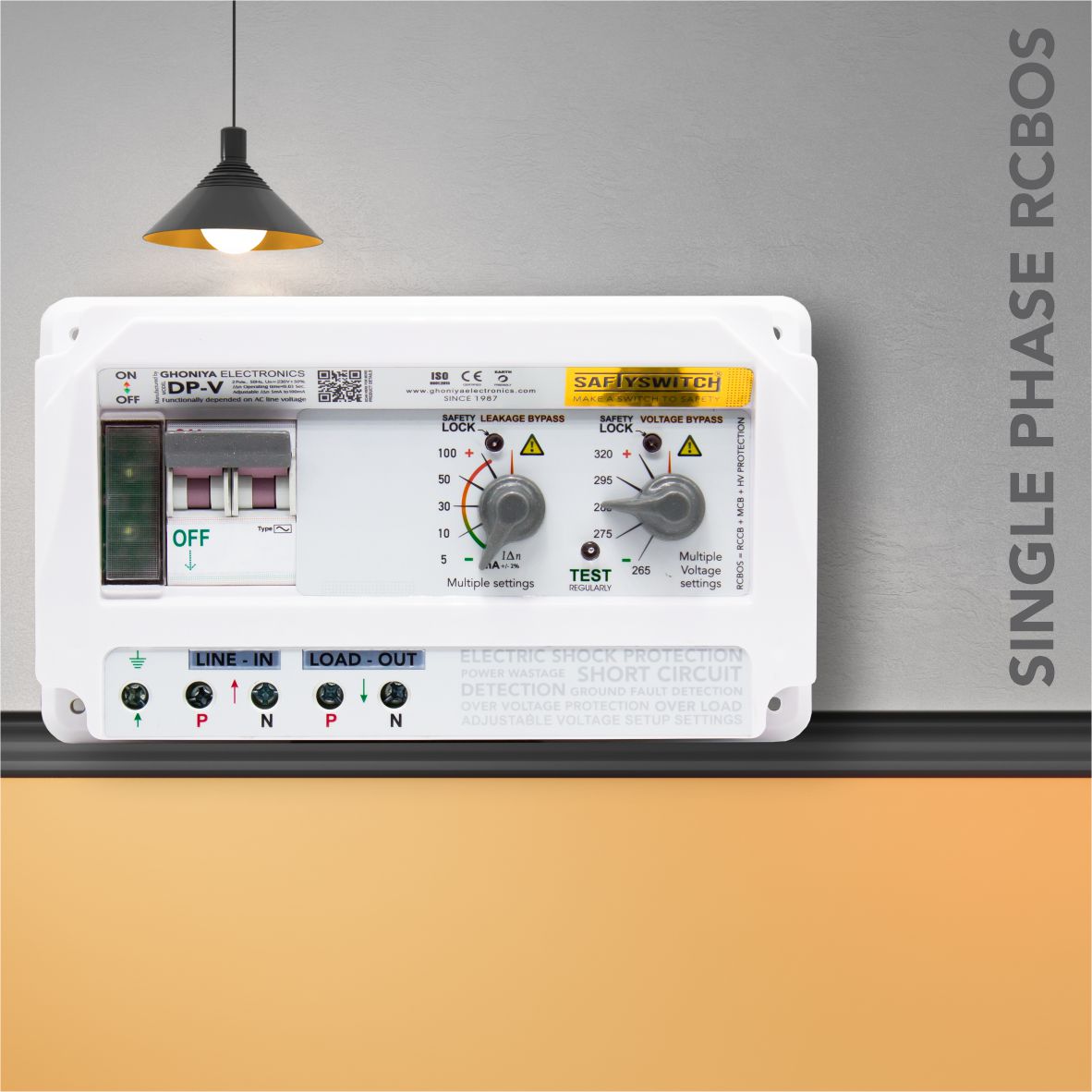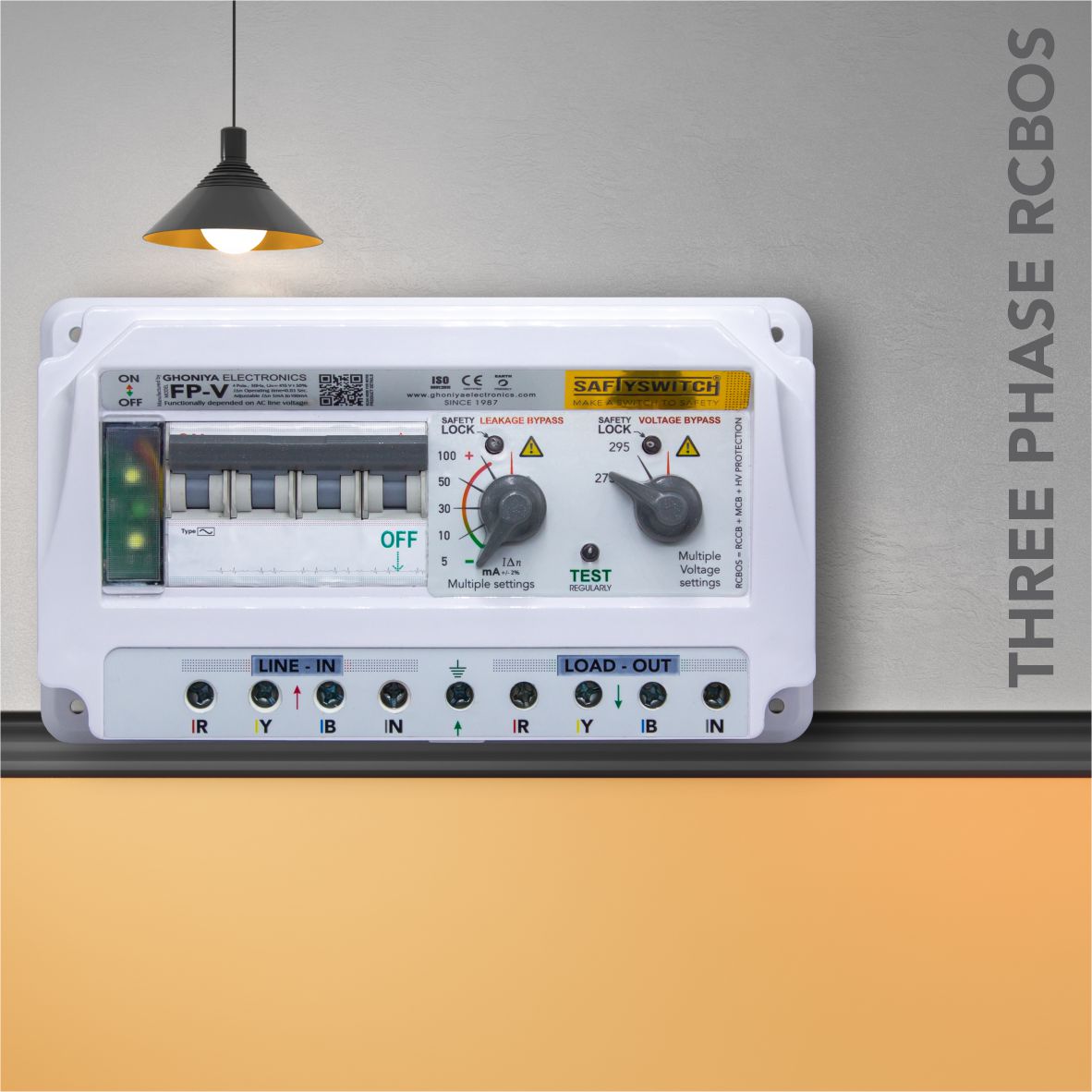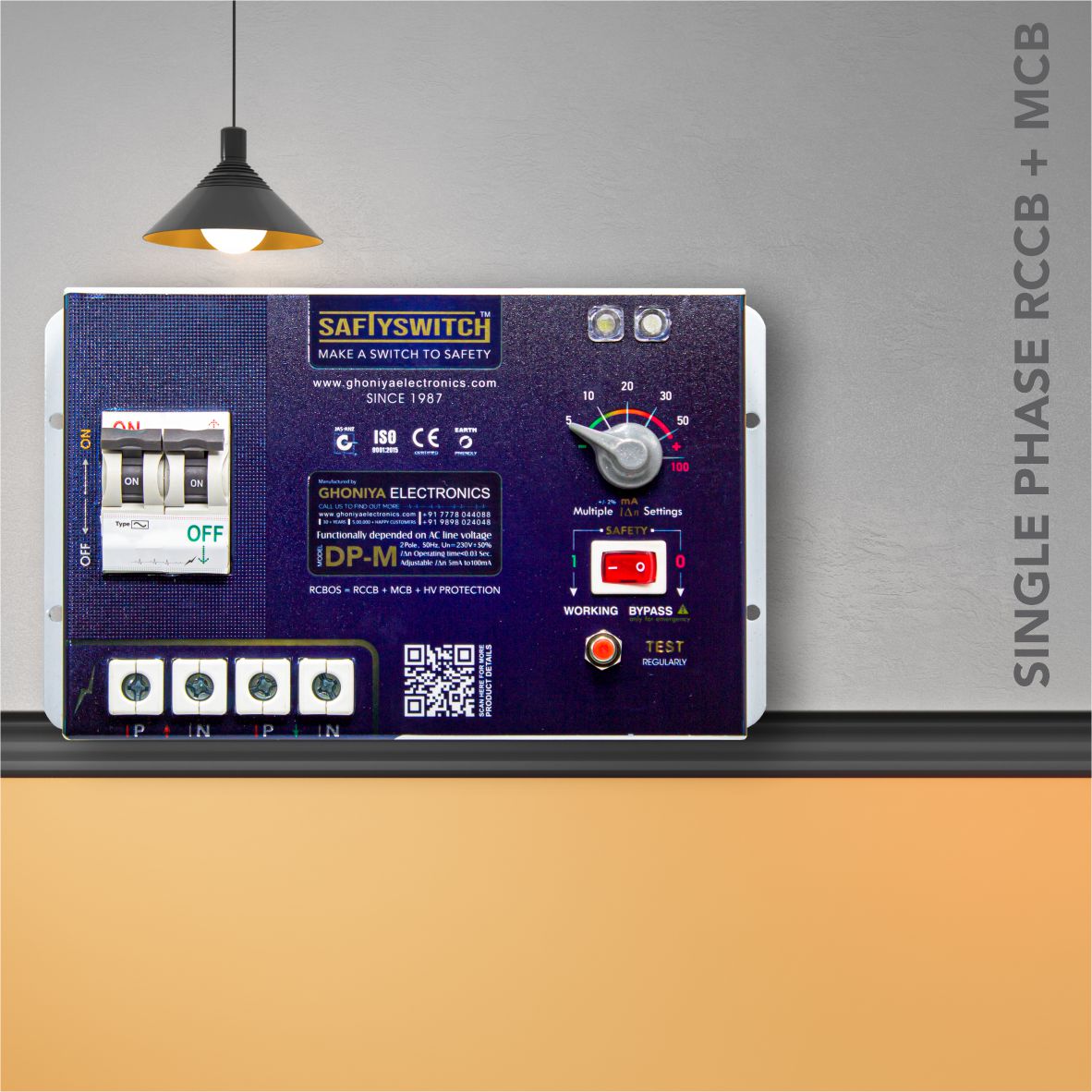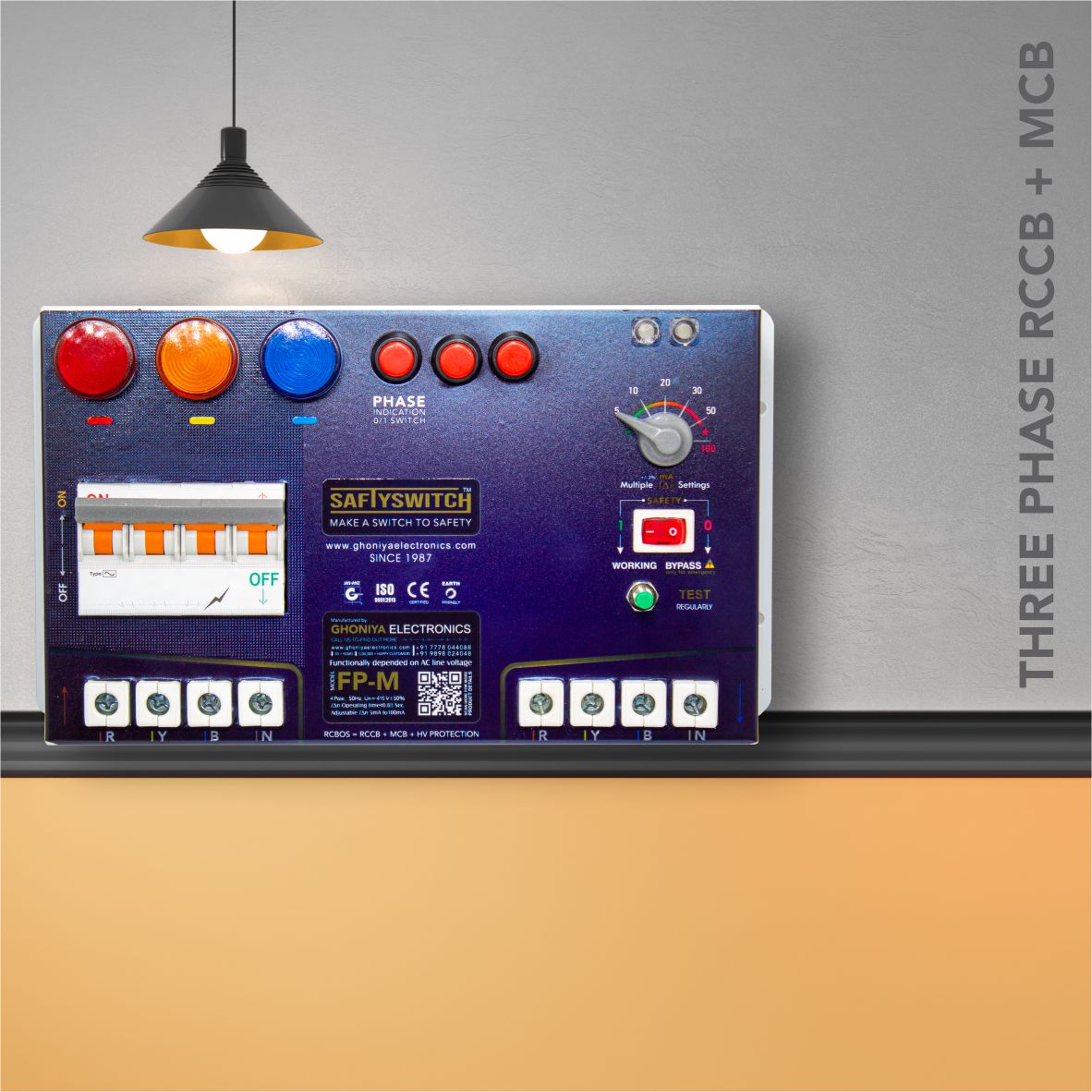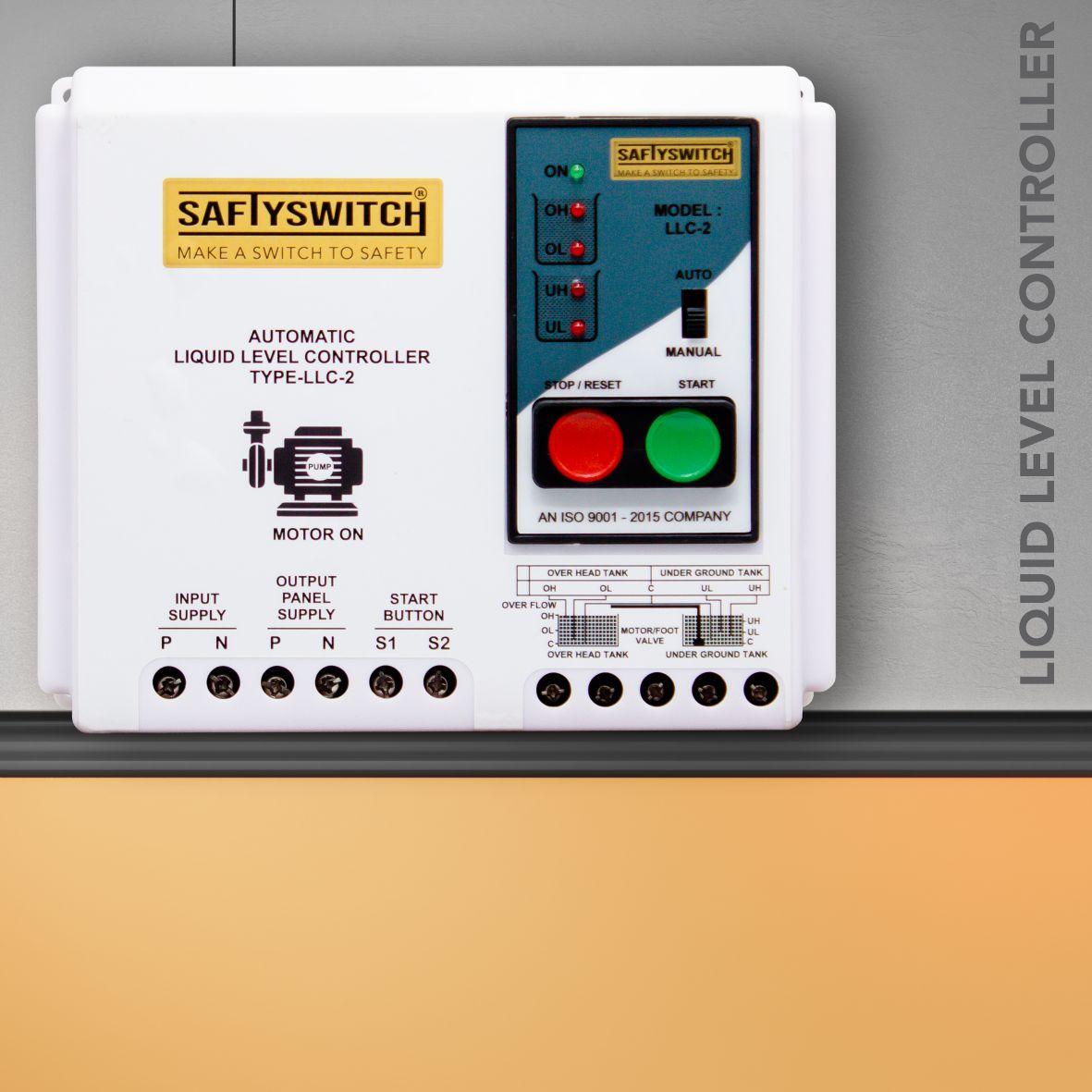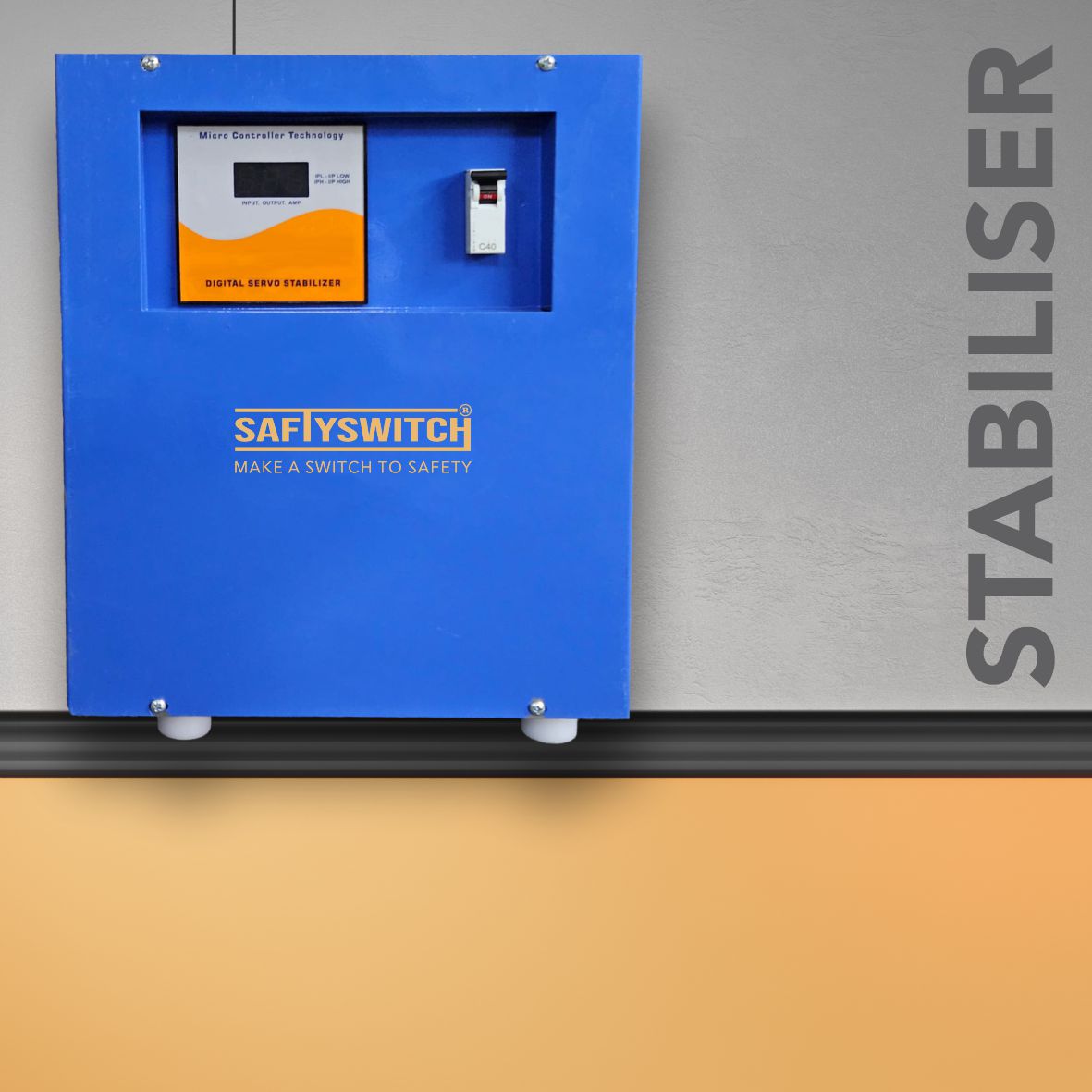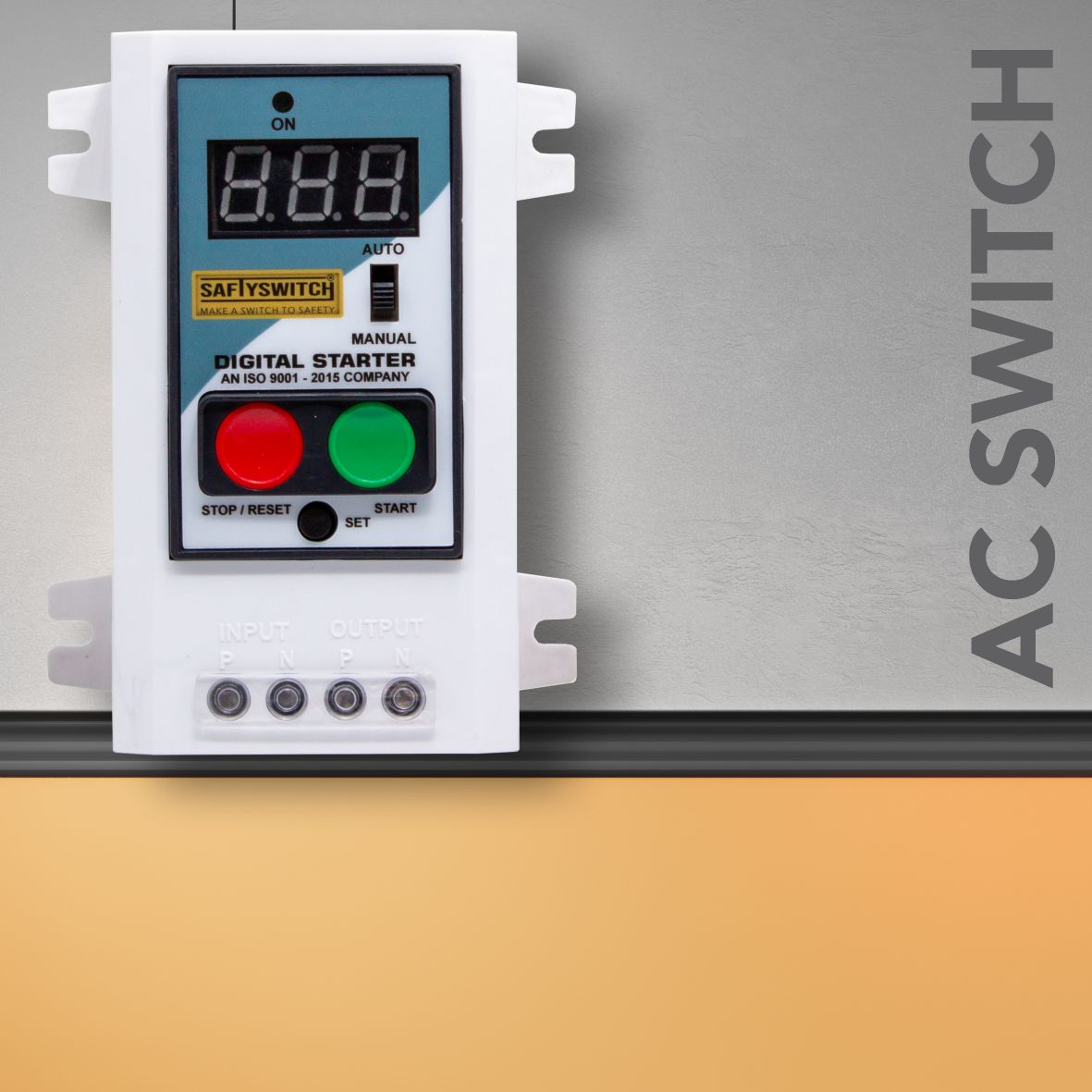
Aluminum wire is generally not recommended for use in line and load applications for several key reasons:
- Higher Electrical Resistance: Aluminum has a higher electrical resistance compared to copper. This means that it generates more heat when conducting electricity, which can reduce the efficiency of power transmission and lead to potential overheating.
- Thermal Expansion: Aluminum expands and contracts more than copper when exposed to temperature changes. This can cause connections to loosen over time, leading to poor electrical contacts, increased resistance, and a higher risk of short circuits or electrical fires.
- Lower Durability: Aluminum is more prone to physical damage and wear over time. It is softer and more brittle compared to copper, which makes it more susceptible to breaking, especially in areas with heavy mechanical stress.
- Oxidation: Aluminum forms an oxide layer when exposed to air, which can increase electrical resistance at connection points. This oxidation can weaken the performance of the wire over time, leading to poor conductivity and potential safety hazards.
- Galvanic Corrosion: When aluminum comes into contact with other metals, particularly copper, it can cause galvanic corrosion. This type of corrosion can degrade the connections, increasing the risk of failure and making the system less reliable.
Due to these factors, copper is often preferred in critical applications for its superior conductivity, durability, and safety.
लाइन और लोड में एल्यूमिनियम तार का उपयोग न करने के कुछ मुख्य कारण हैं:
- उच्च प्रतिरोधकता: एल्यूमिनियम की विद्युत प्रतिरोधकता (resistivity) तांबे की तुलना में अधिक होती है, जिससे बिजली प्रवाह में अधिक ऊर्जा का नुकसान होता है और दक्षता कम हो जाती है।
- तापमान की प्रभाव: एल्यूमिनियम तापमान के बदलाव के साथ अधिक फैलता और सिकुड़ता है, जिससे कनेक्शन ढीले हो सकते हैं। इससे शॉर्ट सर्किट या आग लगने का खतरा बढ़ जाता है।
- कम वहन क्षमता: एल्यूमिनियम तांबे की तुलना में कमजोर होता है, इसलिए यह जल्दी खराब हो सकता है और इसकी लंबी अवधि की विश्वसनीयता कम होती है।
- गैल्वेनिक संक्षारण: जब एल्यूमिनियम तांबे जैसे अन्य धातुओं के संपर्क में आता है, तो गैल्वेनिक संक्षारण (corrosion) का खतरा होता है, जिससे कनेक्शन खराब हो सकते हैं और सुरक्षा को खतरा हो सकता है।
इन कारणों से, एल्यूमिनियम तार का उपयोग लाइन और लोड के लिए सुरक्षित नहीं माना जाता और इसे तांबे के तार से बदलने की सलाह दी जाती है।
અલ્યુમિનિયમ તારને લાઇન અને લોડમાં વાપરવાની ભલામણ કરવામાં નથી આવતી, તે માટે કેટલાક મહત્વના કારણો છે:
- ઉચ્ચ પ્રતિરોધકતા: અલ્યુમિનિયમની ઇલેક્ટ્રિકલ પ્રતિરોધકતા (resistivity) કોપર (તામ્બા) કરતાં વધારે હોય છે, જેનાથી વીજ પ્રવાહ વિતરણ દરમિયાન વધારે ઊર્જા ક્ષતિ થવાની શક્યતા વધી જાય છે.
- તાપમાનની અસર: અલ્યુમિનિયમ તેનો કદ તાપમાનના ફેરફાર સાથે વધુ બદલાવે છે. તે બાંધકામમાં છૂટતા જાય છે, જે સલામતી માટે જોખમી છે અને આગનું જોખમ ઊભું કરી શકે છે.
- વહનક્ષમતા: અલ્યુમિનિયમ તામ્બા કરતાં નબળું છે, એટલે તેને વધુ ઝડપથી નુકસાન થઈ શકે છે. આ કારણે લાંબા સમય સુધી વિશ્વસનીયતા ઓછી થાય છે.
- વિનાશક મિશ્રણ (Galvanic Corrosion): જ્યારે અલ્યુમિનિયમ અન્ય ધાતુઓ, ખાસ કરીને તામ્બા સાથે સંપર્કમાં આવે છે, ત્યારે ‘ગેલ્વેનિક કોરોઝન’ થવાનો ખતરો રહે છે, જે કનેક્શનોને નબળા કરે છે.
આ કારણે સલામતી અને કાર્યક્ષમતાના દ્રષ્ટિકોણથી લાઇન અને લોડ માટે અલ્યુમિનિયમ તારનો ઉપયોગ ટાળવો જોઈએ.

